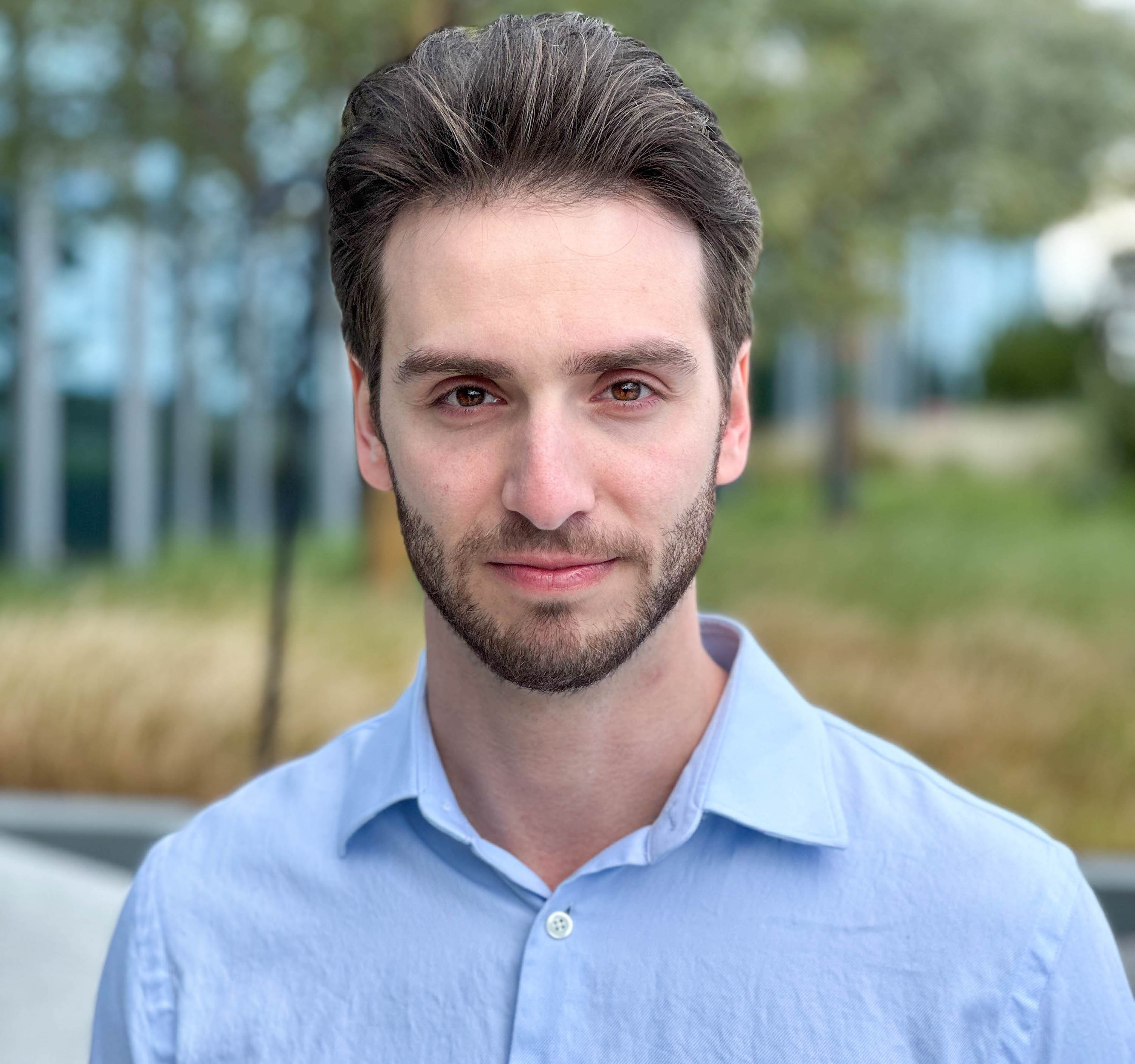
Michael Rubloff
May 4, 2023
A groundbreaking new method called Neural Fields for LiDAR (NFL) has been developed to optimize a neural field scene representation from LiDAR measurements. This innovative technique aims to synthesize realistic LiDAR scans from new viewpoints, promising significant advancements in the world of autonomous driving.
NFL combines the rendering power of neural fields with a detailed model of the LiDAR sensing process, enabling it to accurately reproduce key sensor behaviors like beam divergence, secondary returns, and ray dropping. This combination offers the potential to observe real scenes from virtual, unobserved perspectives, which could greatly improve the robustness and generalization of autonomous driving systems. Moreover, as NeRF-style methods continue to evolve and adapt to different sensor types, such as LiDAR, they will find increased use in various industries, including autonomous driving, robotics, virtual reality, and gaming. These applications will benefit from realistic, high-quality synthesized views, enabling better training and evaluation of perception algorithms.
The method was tested on both synthetic and real LiDAR scans, showing that NFL outperforms traditional reconstruct-then-simulate methods and other NeRF-style methods on LiDAR novel view synthesis tasks. The improved realism of synthesized views narrows the gap between real scans and translates to better registration and semantic segmentation performance.
The development of NFL marks a significant leap forward for autonomous driving, as synthetic novel views may be used to train and test perception algorithms across a wider range of viewing conditions. This is especially important for planning modules that must determine future vehicle locations. As a result, NFL could prove to be a game-changer for the autonomous vehicle industry, promising safer, more reliable, and efficient transportation for all. Additionally, with the incorporation of physically motivated models of sensing processes, NeRF and its variants will produce even more realistic outputs, narrowing the domain gap between synthetic and real data. This improvement in realism will translate into better performance on downstream tasks, such as semantic segmentation and registration.
Neural Radiance Fields (NeRF) have already demonstrated impressive results in synthesizing novel views with high-quality visuals for various applications. As NeRFs continue to advance and adapt to various sensor types and environmental conditions, we can expect to see broader applications, improved realism, better handling of dynamic scenes, enhanced robustness, and reduced dependence on explicit scene representations. This will ultimately lead to more efficient and effective solutions in fields such as autonomous driving, robotics, virtual reality, gaming, and more!







